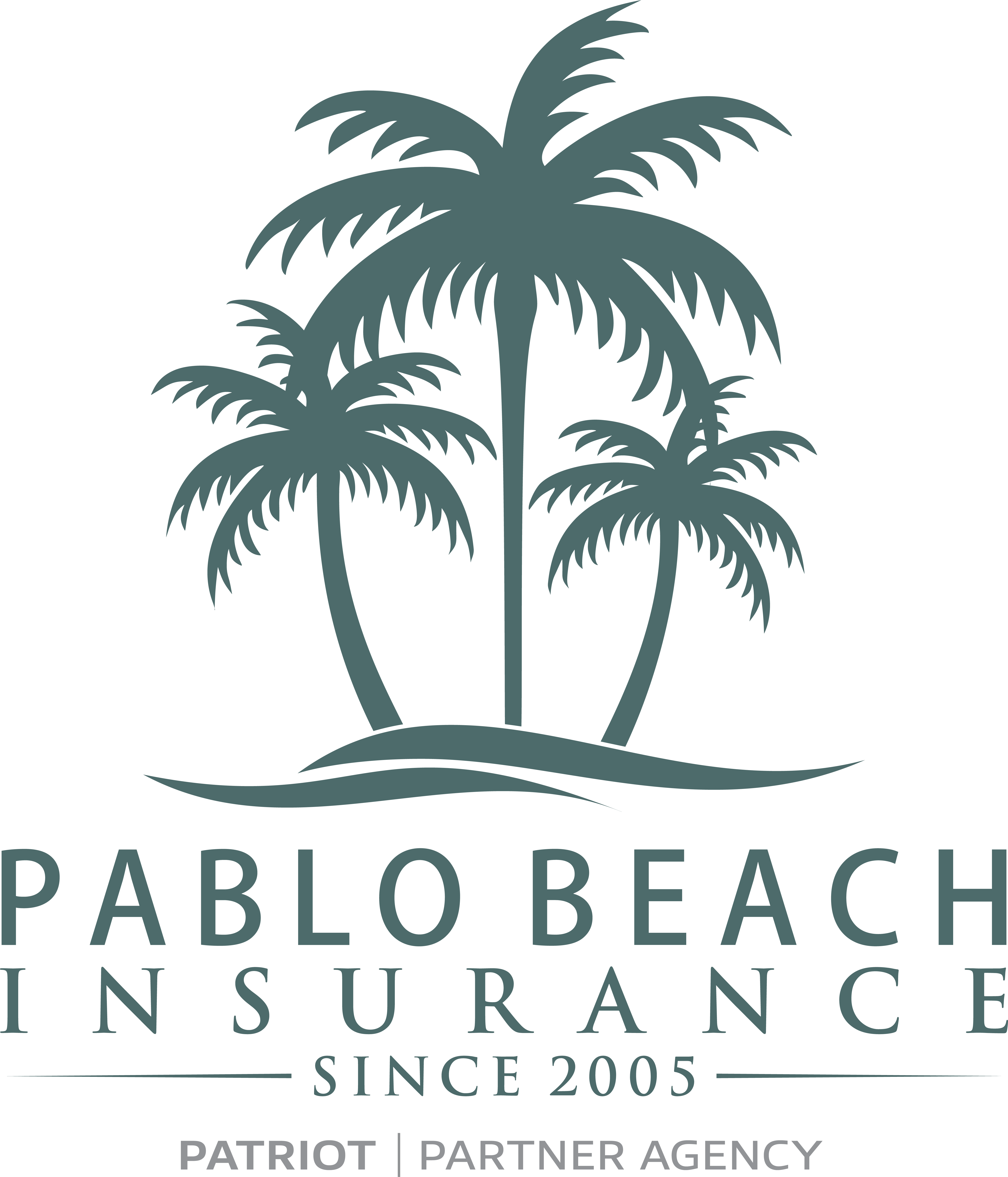Buying a homeowners policy may seem straightforward until you experience the first damage to your home and realize your policy doesn’t provide coverage. If damage is done to your home, this policy makes or breaks you. Here are four vital tips to know before buying homeowners policy in Florida.
Compare Coverage
Insurance companies do not offer similar policies. The content and pricing of a homeowner’s insurance policy is different for every insurance company. Before purchasing a policy, it is paramount you shop around for your best coverage for your specific needs. With some companies, you are required to purchase additional insurance, like mold insurance (which, let’s be honest is everywhere in the Sunshine State!). Don’t just look at the price and pick the rock bottom. Ensure you go for one with enough coverage and priced to fit your respective budget.
Escrow Your Premium With Mortgage Payments
Many homeowners carry a mortgage. One great way to manage the premiums for your policy is to add it to your regular mortgage payment. This simply means your lender takes over the duty of paying your monthly insurance payments. This kind of account is referred to as an escrow account. Most lenders opt for this account because it guarantees you are paying your premiums and thus, the investment they made in you is protected. With most insurance providers, you are required to meet the costs for the closing year.
Adequate Coverage
The most vital item you should check is the level of coverage. Homeowners insurance comes in different levels with each level covering different items. The most common levels of homeowners insurance are levels HO-2 and HO-3.
HO-2 is referred to as the “standard” level. It is the most common and it covers 16 named perils. It is an upgrade of the “basic” HO-1, which covers 10 risks. However, this policy doesn’t cover everything in your house.
HO-3 is a more comprehensive upgrade of HO-2. It covers all perils that can happen to your home apart from a named list of perils such as earth movement, flood, mold, and military action/war, which are not covered. But you live in Florida, so might need both flood and mold, so here is a little bit more on each:
- Flood: Does the homeowner’s policy cover flooding? Well, the standard homeowners policy says little about flooding. For flood coverage, you have to read your policy very clearly, or talk with your agent, to see the extent of flood coverage. For efficient flood coverage, you have to buy an additional NFIP policy that covers your home structure up to $250,000 and personal possessions up to $100,000. It offers replacement cost coverage for the home structure and actual cash value for personal possessions.
- Mold: Does the homeowner’s policy cover mold? Well, to be frank, many insurance companies are running away from mold coverage. Some companies completely exclude mold-related coverage while others cap the amount of money to pay in mold coverage. Other companies only pay for a few things such as testing or cleanup. Most companies today provide “buy-back” endorsements whereby you get covered for mold but in exchange of more money.
Know the Policy Detail
Insurance is a technical field of study with a lot of industry jargon and terms. It is of great importance you familiarize yourself with the following key terms:
- Deductible
- Liability cover
- Personal property
- Premium
- Actual cash value
- Replacement cost
- Riders
- Sub-limit
These terms dominate the homeowner’s policy. By understanding each of them, you are a step ahead of many and ready to talk with an agent about your best policy at the right price in Florida.
Florida Home Insurance Experts
Since 2005, we have been serving our local Florida communities. You can rest assured Pablo Beach Insurance gets you the right coverage at the right price. We are locally owned, have a casual approach, but deliver professional results. Click below to receive a free quote for you.


